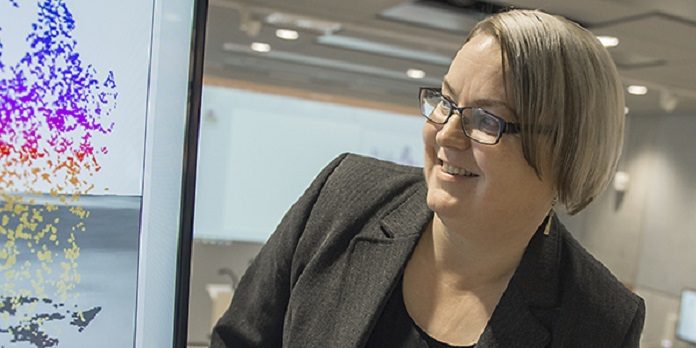Economical utilization of woodlands and biodiversity protection have a long-haul and far-reaching outcome for the fate of our planet. What is the ideal measure of logging, will we find new medications from mushrooms, and how might we supplant petroleum products in a way that isn’t just supportable, yet in addition financially gainful? We require different, look into based information to help these significant choices keeping in mind the end goal to remain progressing nicely to save our interesting living space.
In a new study by the University of Eastern Finland, scientists studied the requirements for alteration in woodland administration in a changing working condition, which is affected by wonders, for example, the enhancement of ranger service and the economy, and environmental change.
It is conceivable to relieve environmental change and biodiversity consumption through alterations in timberland administration and backwoods utilize. The research in this area is internationally recognized for its extremely high scientific level and societal relevance, and the research approaches used encompass experimental research, modeling, and simulation.
Professor Heli Peltola from the School of Forest Sciences said, “For example, our research groups are currently studying the responses and adaptation mechanisms of trees and other forest and peatland vegetation to changes in environmental factors, the carbon dynamics of forest and peatland ecosystems, and the effects of forest management, logging intensity and climate change on various ecosystem services. These include wood production, biodiversity and forest carbon sequestration.”
“We are also developing forest ecosystem and risk modeling, life cycle analysis, forest planning optimization systems and systems supporting decision-making. Furthermore, our research benefits from laser scanning data and geographic information systems.”
“We utilize data relating to both forest resources and the climate when simulating the development of wood production and forest resources. Laser scanning and satellite data are diversely used in forest research already now, but as methods for the interpretation of various data evolve, I believe we can use them even more efficiently.”
Senior Researcher Sari Pitkänen, who coordinates the Bioeconomy Policy of the University of Eastern Finland said, “The bioeconomy, on the other hand, refers to more than the mere use of forests and natural resources; it also includes the idea of their preservation and supporting sustainability in their use. In the forest-based economy, this also includes the water economy, in which forest use and structure play an important role – including the economic and eco-social dimensions.”
“The bioeconomy is an extremely large entity covering both material and immaterial benefits and services. It also involves the recognition of nature’s value as such.”
“In the field of the forest-based bioeconomy, the university has significant collaboration with the Natural Resources Institute Finland, the European Forest Institute, the Finnish Environment Institute, and the Finnish Meteorological Institute. This kind of multidisciplinary collaboration is something we need to engage in also in the future in order to solve global research challenges.”
